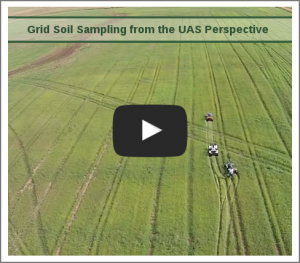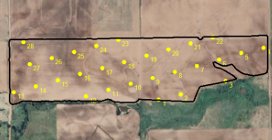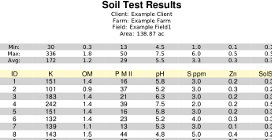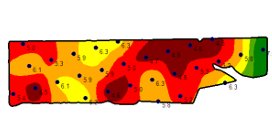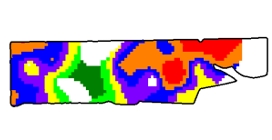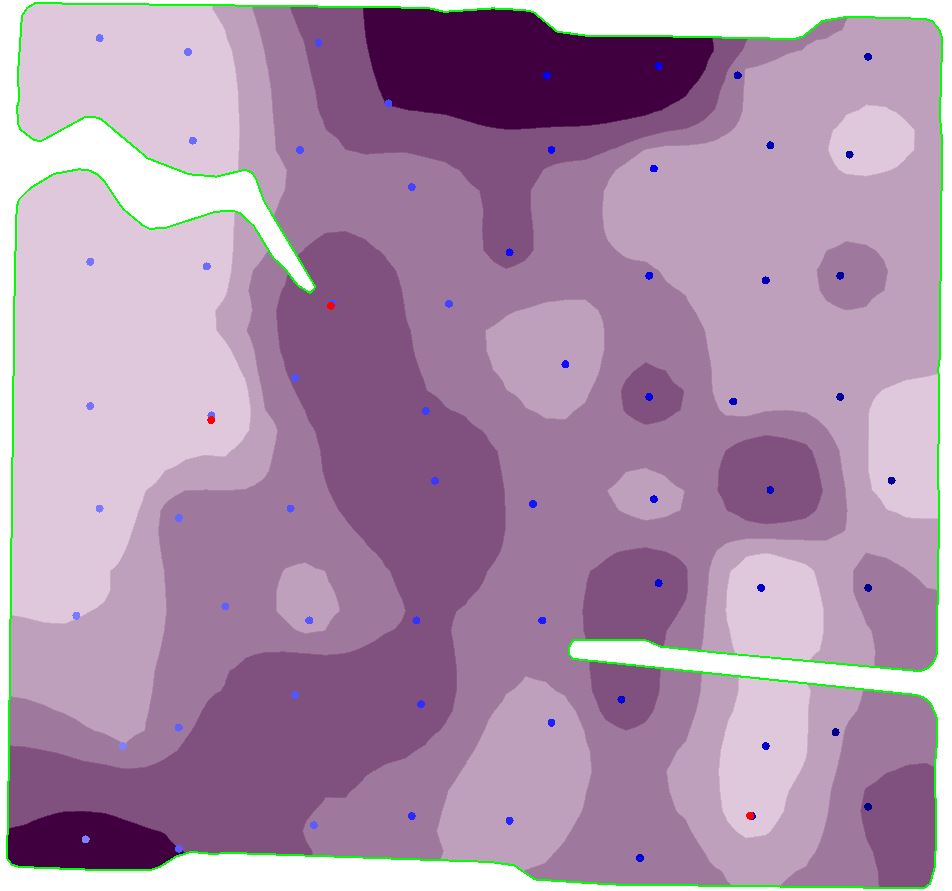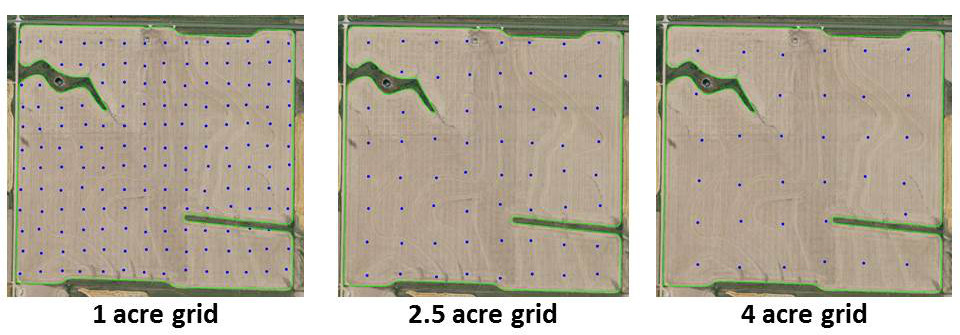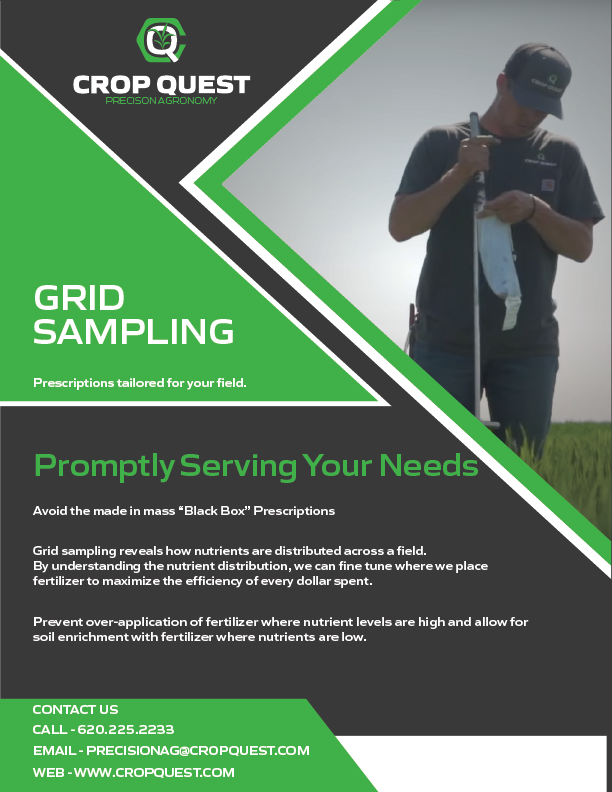GRID SAMPLING
Optimal Fertilizer Placement Adds Security
Grid sampling reveals how the nutrients are distributed across a field. By collecting more soil samples on a field we gain a better understanding of the nutrients available. By understanding the nutrients available, we can be confident the fertilizer dollars are being used efficiently.
Proud Stewards of the Land
Over-application of lime can have a negative affect on the crop by increasing the soil pH beyond a neutral level. This causes some nutrients like phosphorus to become less available for the crop. Grids provide a way to prevent the over-application of lime and at the same time save on input costs.
In some areas, regulations are in place that limit the application of fertilizer once a maximum threshold has been met. Grid soil sampling provides a means to monitor soil nutrient levels and ensure fertilizer and manure application meet those standards.
A grid sample provides additional control over nutrient loads leading to a sustainable system. A system beneficial to the pocket book and to the environment.
Testing the Limits of Yield
Grid sampling is a convenient way to answer questions before scaling up the entire farm. By combining grids with yield analysis one can explore what nutrients are limiting yield and correct the issue. It is also possible to set up on-farm learning plots to explore how variables interact, like population and fertility.
Keeping It Simple
Our team of Crop Consultants and Precision Ag Specialists provide the services needed to create variable rate prescriptions for nearly any controller. The controller files are delivered by a local agronomist or transferred via the cloud directly to the applicator. We provide a turnkey solution to make it simple to get variable rate prescriptions into the equipment, whoever the applicator.
